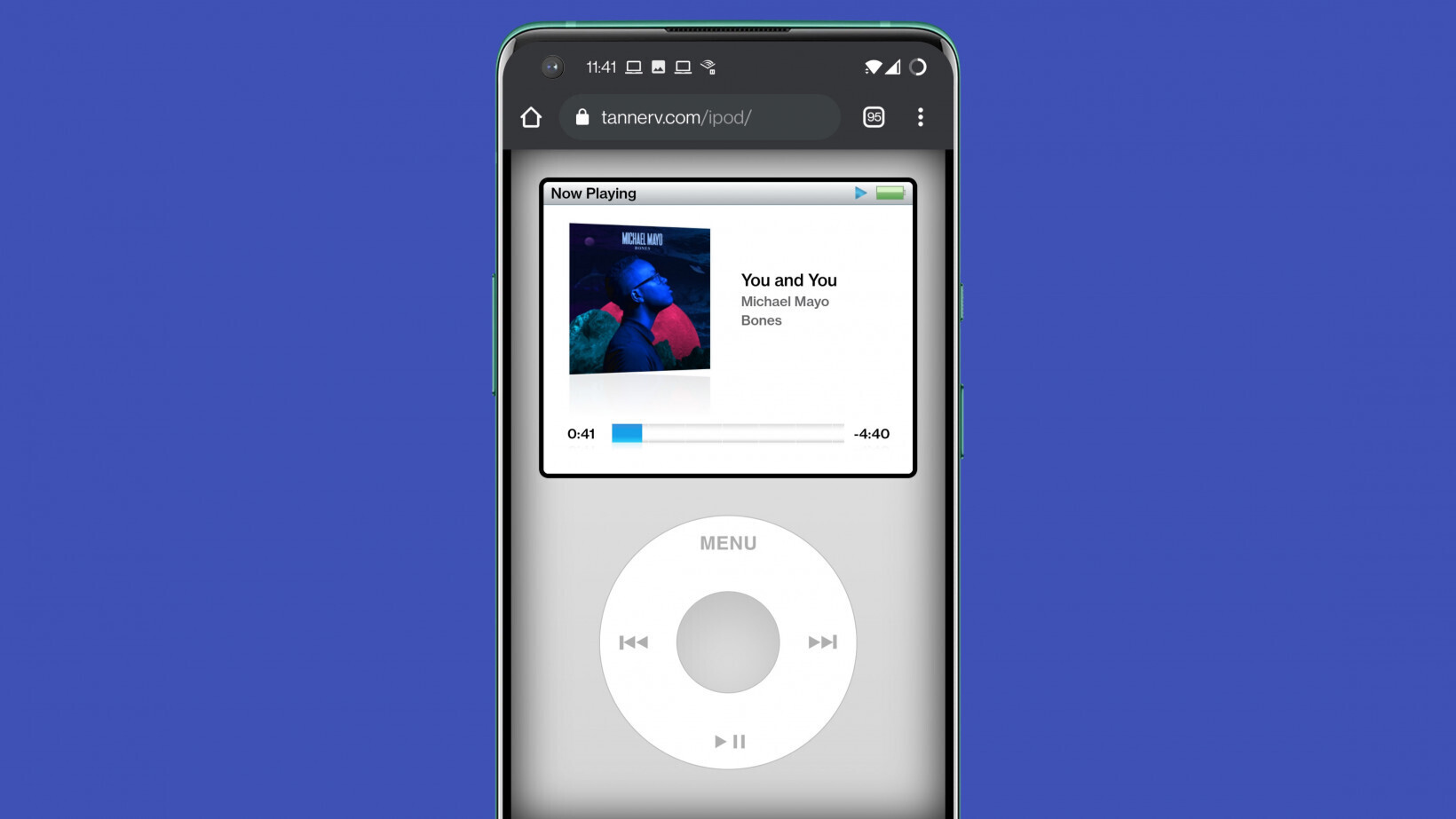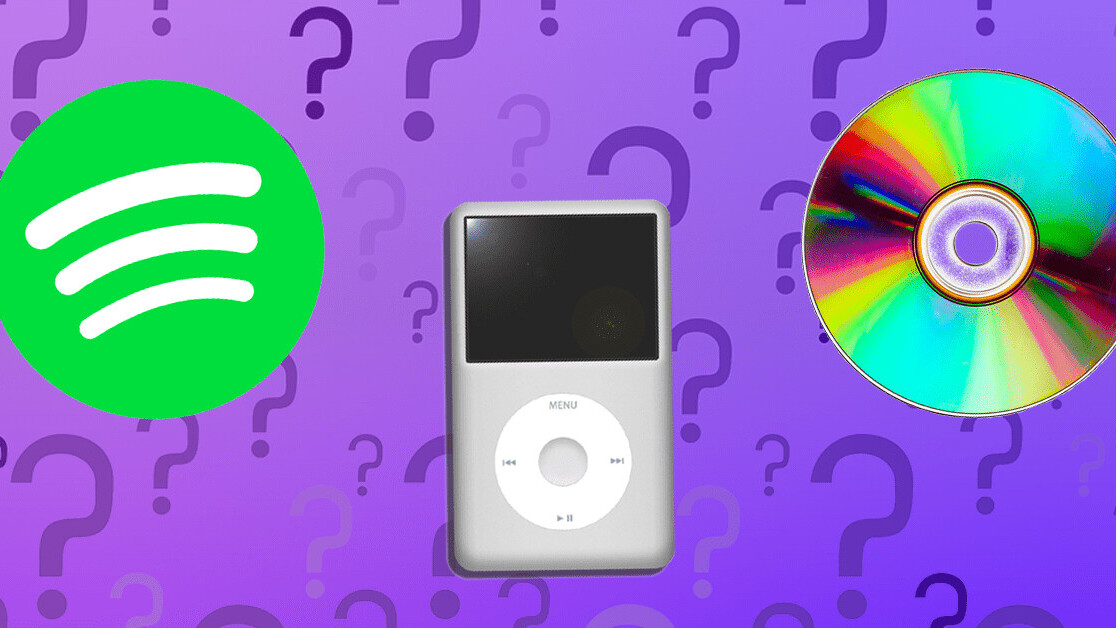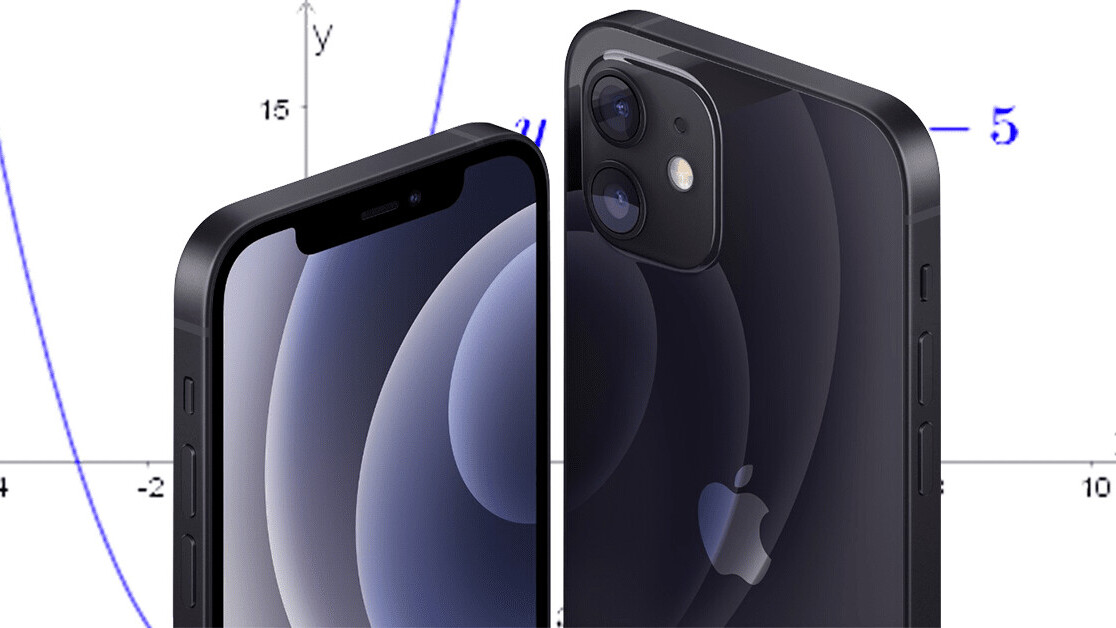All Articles for
Mp3
MPEG-1 or MPEG-2 Audio Layer III, more commonly referred to as MP3, is an audio coding format for digital audio which uses a form of lossy data compression. It is a common audio format for consumer audio streaming or storage, as well as a de facto standard of digital audio compression for the transfer and playback of music on most digital audio players. The use of lossy compression is designed to greatly reduce the amount of data required to represent the audio recording and still sound like a faithful reproduction of the original uncompressed audio for most listeners. An MP3 file that is created using the setting of 128 kbit/s will result in a file that is about 1/11 the size of the CD file created from the original audio source. An MP3 file can also be constructed at higher or lower bit rates, with higher or lower resulting quality. The compression works by reducing accuracy of certain parts of sound that are considered to be beyond the auditory resolution ability of most people. This method is commonly referred to as perceptual coding. It uses psychoacoustic models to discard or reduce precision of components less audible to human hearing, and then records the remaining information in an efficient manner. MP3 was designed by the Moving Picture Experts Group (MPEG) as part of its MPEG-1 standard and later extended in the MPEG-2 standard. The first subgroup for audio was formed by several teams of engineers at Fraunhofer IIS, University of Hannover, AT&T-Bell Labs, Thomson-Brandt, CCETT, and others. MPEG-1 Audio (MPEG-1 Part 3), which included MPEG-1 Audio Layer I, II and III was approved as a committee draft of ISO/IEC standard in 1991, finalised in 1992 and published in 1993 (ISO/IEC 11172-3:1993). Backwards compatible MPEG-2 Audio (MPEG-2 Part 3) with additional bit rates and sample rates was published in 1995 (ISO/IEC 13818-3:1995).



